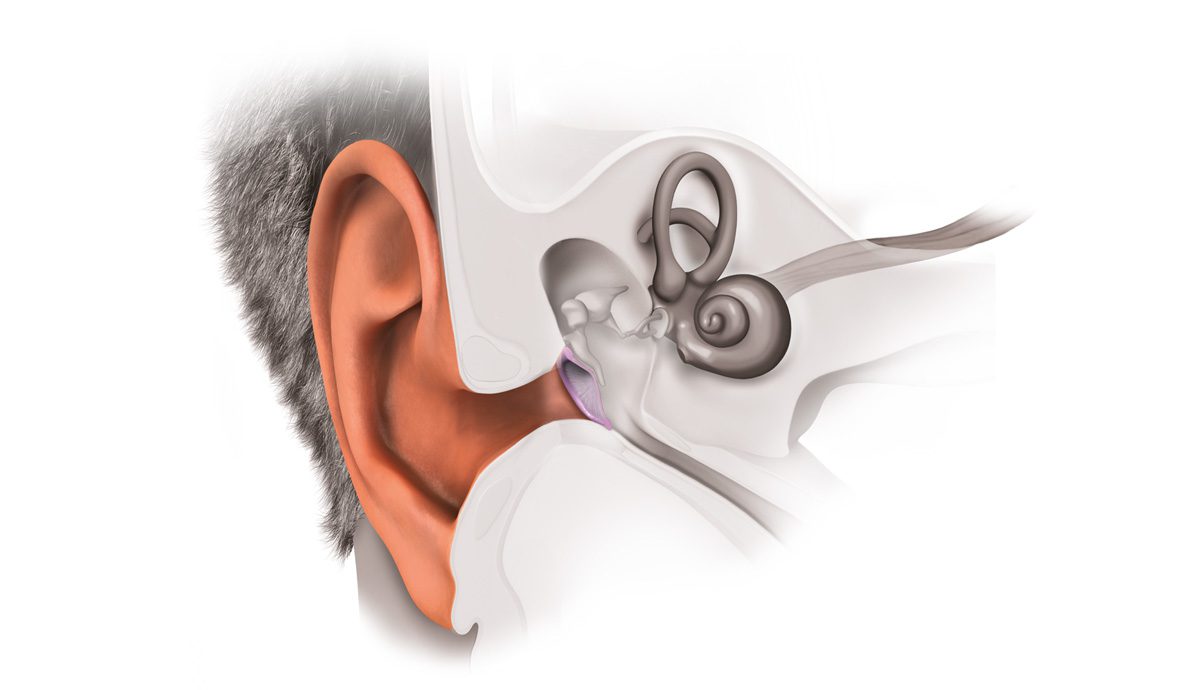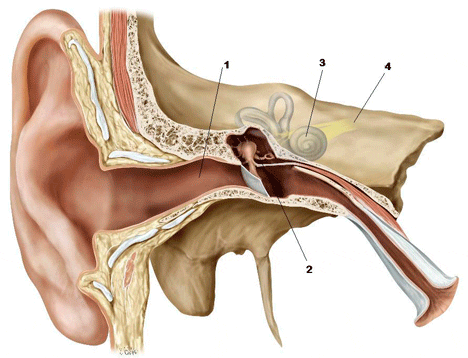
- shaid
- Posted on
HOW WE HEAR

The hearing system can be divided into four parts: 1) the outer ear; 2) the middle ear; 3) the inner ear, and 4) the central auditory pathways in the brain.
- The outer ear consists of the part we can see, called the pinna, and the ear canal. The pinna collects sound and directs it down the ear canal.
- The middle ear consists of the eardrum and three tiny bones. The eardrum is a membrane at the inner end of the ear canal. Sound hits the eardrum causing it to vibrate, which in turn causes the three tiny bones, the malleus, incus, and stapes, to move. The stapes bone is then attached to the oval window, or the membrane that separates the middle ear from the inner ear.
- The inner ear consists of the cochlea and the semicircular canals. The cochlea is the hearing organ, while the semicircular canals help control balance. The cochlea is a small bony structure, shaped like a snail. It is fluid filled and contains thousands of tiny hair cells. The movement of the stapes on the oval window causes the fluid in the cochlea to move. The fluid movement then causes the tiny hair cells to bend. The bending of the hair cells excites the hearing nerve, which carries sound to the brain.
- The central auditory pathways consist of the neural structures and pathways that carry sound to the brain. The brain then interprets the sound into words or noises that we recognize.
